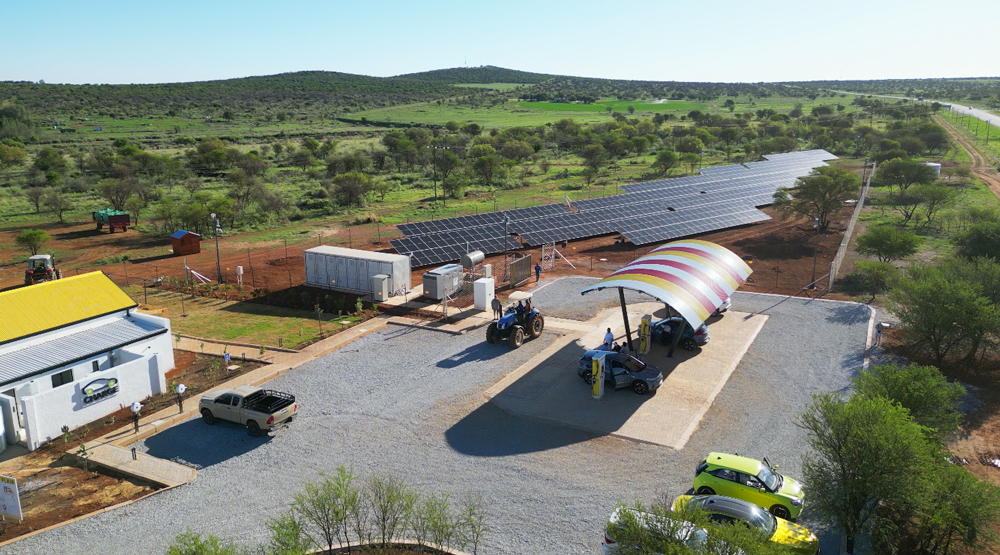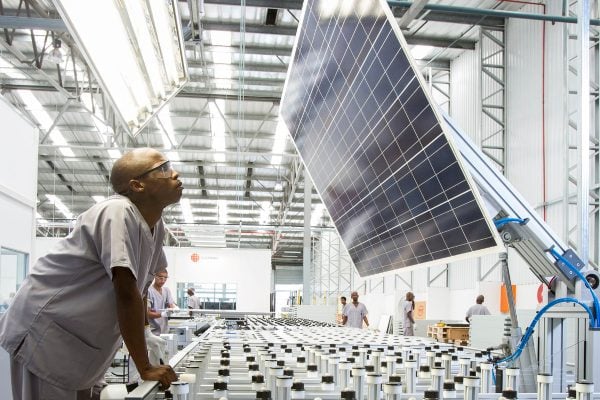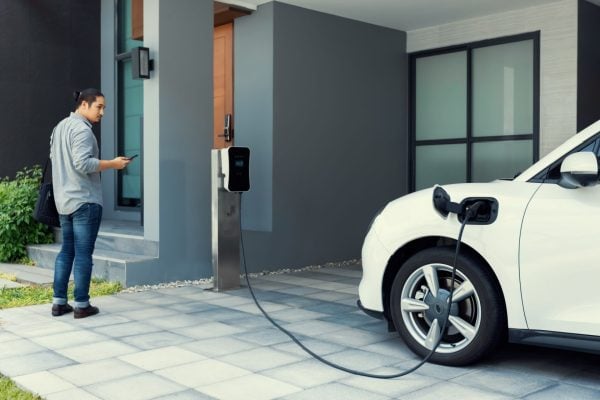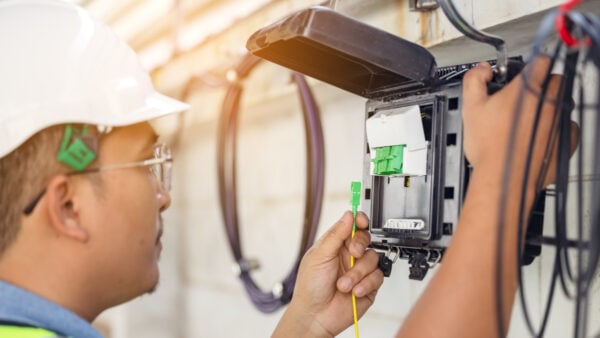Eskom becoming an Internet provider
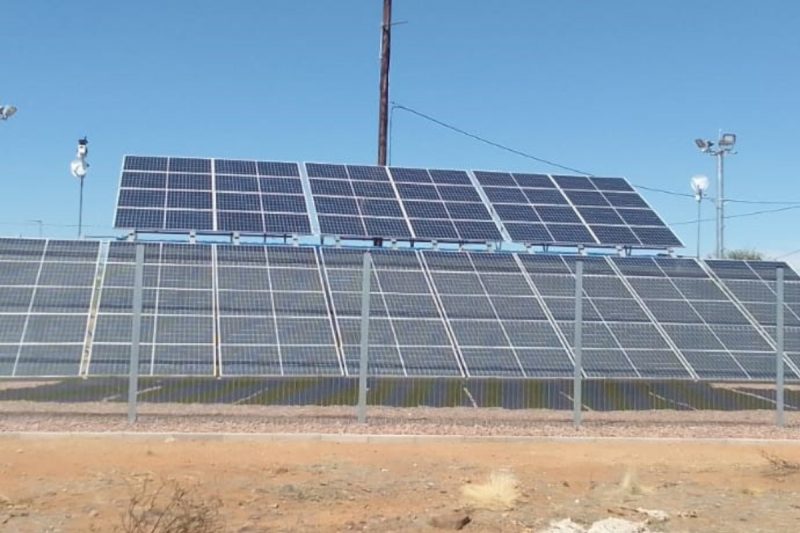
While their primary purpose is electricity provision, Eskom’s microgrid installations include communication networks that provide Internet connectivity to their customers.
Microgrids are part of Eskom’s Just Energy Transition (JET) project, which is partially funded through $12.8 billion (R250 billion) in loans and grants from rich nations to help South Africa transition away from coal power to cleaner energy sources.
These systems have their own electricity generation and distribution facilities designed for remote settlements far away from transmission grid infrastructure.
“This solution ensures that customers that need to be electrified are connected quickly, as there are no servitudes and lengthy delays in the connection process,” Eskom said.
“Containerised microgrids can also assist in supplying power to customers during load-shedding, using the power system as a backup mechanism.
Microgrids are typically powered by a renewable energy source — like a solar farm, wind turbines, or small-scale hydro generator.
These are coupled with inverters and battery energy storage in a large shipping container and connected to a control system that manages supply and demand conditions in near real time.
The system is linked to a Control Centre equipped with artificial intelligence and machine learning to forecast factors like weather and irradiation to adapt its operation accordingly.
In addition, the microgrids create a communication network that Eskom says can be used for Internet access and other communications — including education, health, and social broadcasting.
Based on infographics of Eskom’s microgrid designs, the connectivity is supported through a cellphone tower near the site.
Eskom rolled out its first three microgrids in Ficksburg, Lyndoch, and Swartkop Dam in 2023 and said it planned to have about 100 microgrids operational by the end of March 2024.
However, it had only rolled out 20 of these facilities by that date. The power utility told MyBroadband it had switched its focus from 32kW and 40kW facilities to higher-capacity installations with up to 150kW output.
Microgrids are not one-size-fits-all. Their capacities are designed specifically based on a particular location’s demand, as well as geographic and weather profiles.
According to an Eskom microgrid details document, it can configure systems with up to 2MW output.
Eskom’s revised target was an additional 33 microgrids by the end of March 2025.
The power utility told MyBroadband it had completed 67 microgrids a week before that date, which means it has surpassed its revised goal.
The biggest of these is a 150kW facility at Eskom’s Distribution offices in Polokwane, Limpopo.
The image below shows the typical layout and functioning principles of an Eskom microgrid.
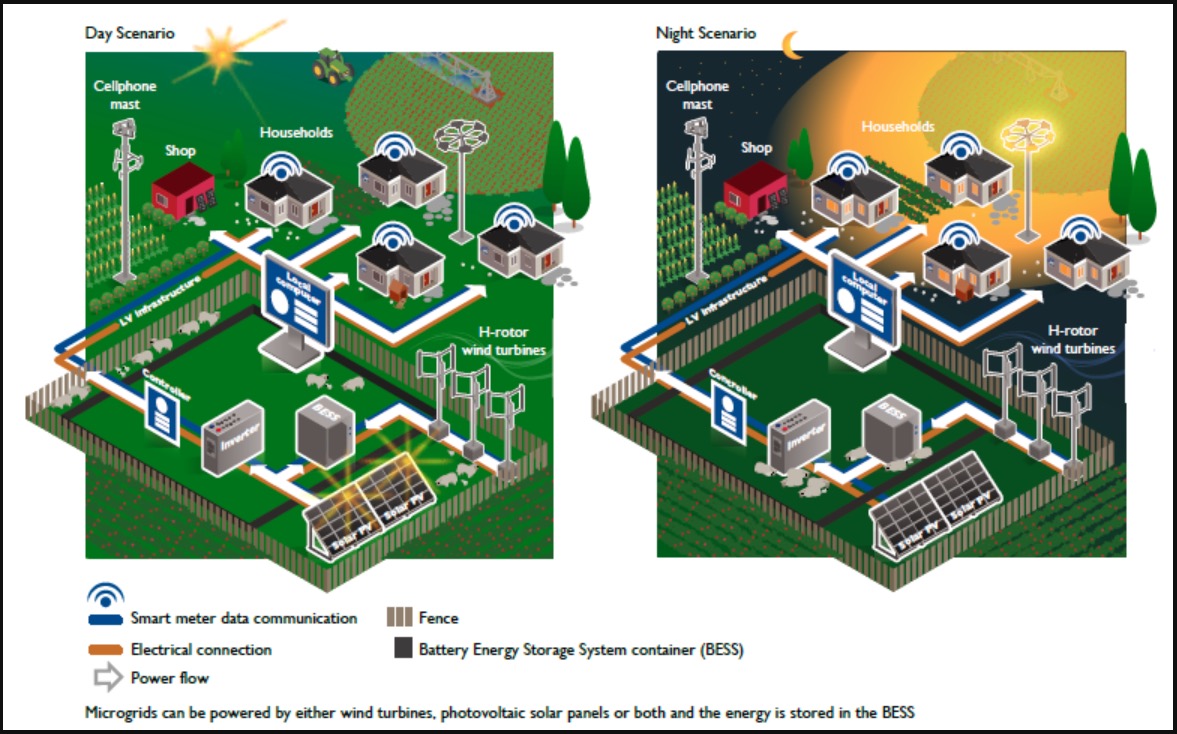
Shift to distributed power generation
Eskom plans to have 35MW of microgrid capacity installed across the country by 2029.
It has invited interested rural community leaders, commercial, and agricultural customers who could benefit from these systems to get in touch via [email protected].
Together with rooftop solar for households and businesses, microgrids are expected to play a major role in expanding electricity capacity in South Africa in the future.
Over the next decade, Eskom will need to install about 14,000km of additional transmission lines and increase transformer capacity six-fold to connect sufficient new renewable power to meet the country’s growing electricity demand.
The power utility is currently only building about 300km of new transmission lines every year.
While the government has roped in private companies to increase that pace, Standard Bank and Cresco Group have warned that even if the electricity expansion was carried out as planned, the country would only meet its existing energy demand by 2040.
Distributed electricity generation located closer to the electricity consumers reduces the need for expensive, high-capacity transmission lines.
Eskom is not the only company investing in microgrids, with many independent power producers also embracing the technology for commercial and residential customers.
One good example of a privately-run microgrid is electric vehicle (EV) charging company Charge’s off-grid station next to the N12 between Klerksdorp and Wolmaransstad.
That installation boasts 480 bifacial solar panels with a peak production capacity of 280kW and 546kWh liquid-cooled battery providing power to eight chargers and a farm stall.
It is planned to be just the first of 120 stations rolled out along major routes in South Africa by next year.
